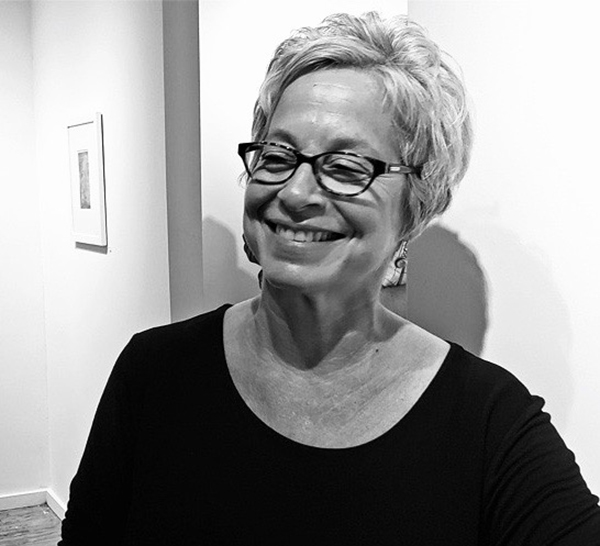We recently connected with Melissa Rubin and have shared our conversation below.
Melissa, thanks for taking the time to share your stories with us today I’m sure there have been days where the challenges of being an artist or creative force you to think about what it would be like to just have a regular job. When’s the last time you felt that way? Did you have any insights from the experience?
This is an interesting question…First, and foremost, I am happy being an artist and creative person, because, well, it is who I am. It is the legacy I was born into. I come from a line of professional artists: my grandfather, Hy Rubin, who was a Romanian immigrant in the early 20th century, came to this country as a young boy. His family was among those who were suffering from persecution and his property and home was subject to looting and attack during the pogroms. His family came to the States, settling and creating a new life on the Lower East Side of Manhattan. He was extremely talented and became quite a well-known illustrator in the 30’s, 40’s and 50’s, doing many movie posters, serial-story illustrations, working for the Saturday Evening Post (he was a contemporary of Norman Rockwell) among other popular publications at the time. He was highly successful and a true self-made man. My father, Bob Rubin, followed in his father’s footsteps, becoming an award-winning graphic designer, starting his own design firm in Manhattan after studying at Pratt Institute in Brooklyn. He had major clients, IBM, American Bureau of Shipping, Champion Paper Company, among others. All this affected me greatly growing up.
I had a talent for drawing that was quite apparent from a young age (I remember drawing recognizable fish when I was two years old). During my childhood I drew constantly, almost obsessively. I would frequently go to work with my dad, and while he was doing his design and paste-up and mechanicals (this is way before computers) I would set up shop on one of the drafting tables in his office and draw the entire day. Gradually he taught me how to work with mechanical pens, rapid-o-graphs (do they even make these anymore?), straight edges, rubber cement, etc. and I eventually started working with him on a part-time basis while I was still in high school. So, when it came time to apply to college my only interest was art school, because, well, I was an artist, after all. There was never a thought in my mind to suggest studying anything else, plus I completely bombed on the SAT (at the time, art schools didn’t even look at SAT scores, thankfully).
When I finished art school, where I veered from commercial art and design to take a fine arts path, I was at a bit of loss as to what to do to generate a regular income. I landed a job at the Metropolitan Museum of Art shortly after graduating from the School of Visual Arts, and I worked in their book shop. My goal, however, was to use that as a steppingstone. My plan was to somehow get my foot in the door in the Painting Restoration department. I was very fortunate to quickly meet a woman one day, in the staff cafeteria, who worked in the Textile Restoration department. I told her of my plan, how I was eager to get into the Painting Restoration department. She introduced me to the head of the lab where all the restoration on the paintings was done. It was an incredible experience being shown around and seeing firsthand how the paintings in the museum were being restored. I had a long talk with this person, and I explained how I would love to work in the lab, that I’d even sweep the floors! Ha, no such luck. I learned that the only way I would have any access to this department is if I went back to school to get a Ph.D. in chemistry. My heart sank because I knew that was not going to happen. I didn’t think that would be something that I could do; after all, I failed miserably on my SAT. In my mind, there was no way I could veer that intensely from my path as an artist. My whole identity was ‘artist’, so I couldn’t possibly be a ‘chemist’. I was too young, too naïve to know at the time, that my interest and passion could have fueled me in this direction and that being a chemist didn’t preclude also being an artist, or creative. Sadly, due to lack of confidence in my abilities, I gave up on that idea, continued stocking books in the bookshop and that was the end of that.
After that early stint in retail, I was offered an opportunity to teach art to children. I was fortunate to work with young children at a school in Brooklyn that highly valued the arts, so very soon I approached teaching with the same passion as I approached my art. I continued teaching, gradually moving to a different school in the West Village, and became not just an art teacher, but the department chair. I also taught at the college level at a few different schools and universities, where I taught undergrad and graduate students. Through all this, I still created my own art and managed to also become an artist-in-residence at the New York Public Library for a time, and I had opportunities to show my work. About thirteen years ago I left teaching to focus solely on my studio practice. In addition, I recently acquired a diploma in organic skincare formulation, so I guess I still have that chemistry interest and curiosity.
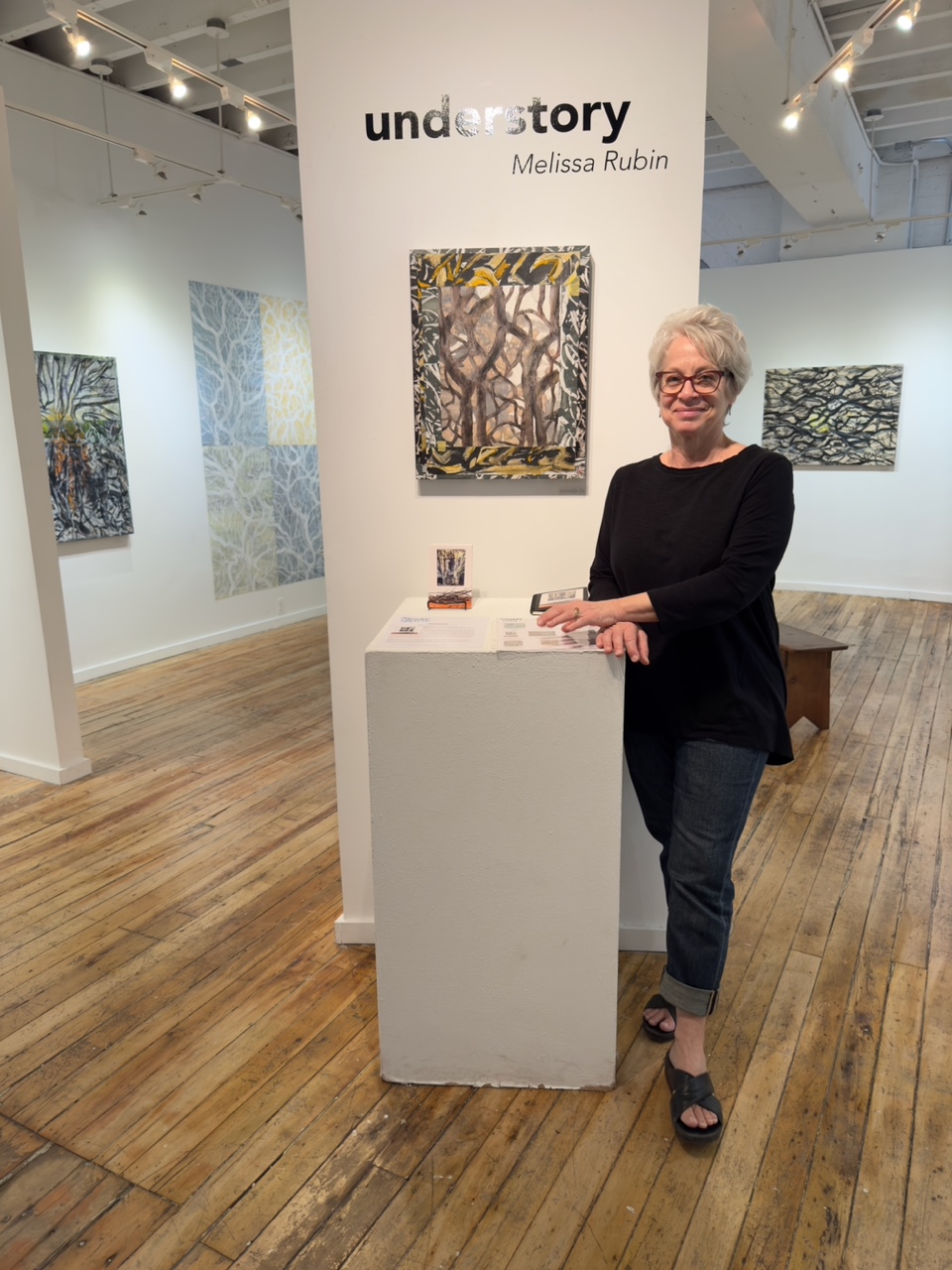
Melissa, love having you share your insights with us. Before we ask you more questions, maybe you can take a moment to introduce yourself to our readers who might have missed our earlier conversations?
In my previous answer, I touched on some of my personal history and how I got into being an artist. I’ve been a practicing artist for over four decades, having earned a BFA from the School of Visual Arts and an MS Ed. in Arts Leadership from Bank Street College of Education, both in NYC. I have a great love of materials which I think relates to my earlier story of considering studying chemistry when I graduated from art school. I have an innate ability to look at a work of art and analyze the materials and figure out the way in which it was created. Of course, this is not fool proof by any means, but I usually make correct assessments about work that I observe. (I can also figure out the ingredients in the food I eat!). I consider myself a pluralist when it comes to art materials and themes in my work. For the last twelve years, or so, I have been consistently working with wax, either as encaustic or cold wax, or sometimes both.
My work generally reflects the environment I am living in, but also my inner space. When I was living by the ocean, there was a translucent, watery feel to works that I was creating. As I struggled with insomnia my works took on a darker tone with cracks of light. For the last six years I’ve been living and working in Vermont. My most recent work has become an ode to a place that simply still exists; a meditative, emotional and visual study of the natural environment where I live and work, in southeastern Vermont. Now my work reflects the world below the canopy of the trees, the understory, teeming with life and decay. The raw materials I encounter become deep inspiration for my imagery and approach to creating my art, which is evocative of forest underlayers. The imagery alludes to entangled, interconnected webs of trees, branches, membranes, neural networks, flowing springs, as well as the infinite night sky of Vermont. This work is comprised of many layers of papers, monoprints, paints, and various organic materials, such as wax, powdered pigments, dried grasses, branches, carbon, wood ash, silver leaf, marble dust and clay.
In addition to the physical environment, my work reflects the expansive, psychological experience of space. Exploring the terrain and its impact on my relationship to the environment, I create pictorial references to textures, branches, decay, and growth, all woven together, depicting my outer and inner landscape. The media I use functions as my personal vocabulary of expression, as proxy to emotional states of mind. I consciously work with materials that help to facilitate a sense of light, darkness, mystery and possibility.

Can you share a story from your journey that illustrates your resilience?
Life is always full of obstacles; nothing seems to follow a straight and predictable line. From becoming a parent at a very young age, to being in lower Manhattan with school children on 9/11, to weathering an extremely painful divorce, I’ve had to withstand complicated life struggles and difficult situations as an adult. One of the tougher challenges I’ve had to endure was Hurricane Sandy in 2012. At the time, I was living on the Rockaway Peninsula of New York City. This storm was predicted to be a ‘Super Storm’, but no one could have predicted the enormity of it and the devastation it would leave in its path. My then fiancé and I lived 300 feet from the ocean. Although it was expected to be a wild night as the storm approached, no mandatory evacuation order had initially been given. So, we decided to ride it out and we stayed in the house. At first, I thought ‘ok, we can do this’. As the storm progressed, the mayor at the time then issued a ‘mandatory evacuation’ for our area, but at that point it was impossible to leave. The entire peninsula was inundated with water: the ocean and the bay, on this very narrow strip of land, rose, surged and met so that we were completely under five feet of water.
The house was totally surrounded, and our cars were literally floating in the driveway. The force of the water blew in the basement windows and the ocean quickly poured into the house, filling the basement, and stopping just shy of the first floor of the house. It was terrifying and one of the most harrowing nights in my life. There were explosions outside as power lines blew and then a few blocks away fires were raging. The water was so deep it was impossible for any rescue or fire trucks to get in there to help the situation. The winds were battering the house as the water was taking its toll as well. The next day, once the storm had stopped and the water receded, we were able to assess the extent of the damage. Looking out the window the morning after it looked like a blizzard had dumped three feet of snow in the yard, the driveway and the street; but it was sand! The entire area was completely covered in tons and tons of sand. The sea wall at the end of the block was destroyed, uprooted and scattered about as if it were made of cardboard. Blocks away the entire boardwalk was gone. As we surveyed the damage it was clear it would take a very long time to get the infrastructure back and repair much of the house. It was still standing but many parts of the house were terribly compromised. Access to my studio was damaged and the entire contents of the basement were completely lost. I can’t quite put into words the enormity of the devastation that surrounded us. Houses completely gone. I was utterly traumatized by the whole event. I never thought I’d be able to get back to my art in a meaningful way for a very long time.
But as we moved forward, with literally putting our lives back together, I was very fortunate to have the help and support of some prominent art organizations. I received grants and was invited to put some of my work in an exhibition that was specifically for New York City artists who were directly affected by Hurricane Sandy. From this opportunity others miraculously presented themselves: I was interviewed by CBS news and appeared on their morning show, along with one of my paintings acting as the backdrop art for the segment. Then there was an article in ARTnews Magazine, titled “When Storm is Collaborator” that prominently featured my painting “Sinking”. From this devastating and traumatic experience, unexpected positive things happened regarding my art career; something I never could have imagined.
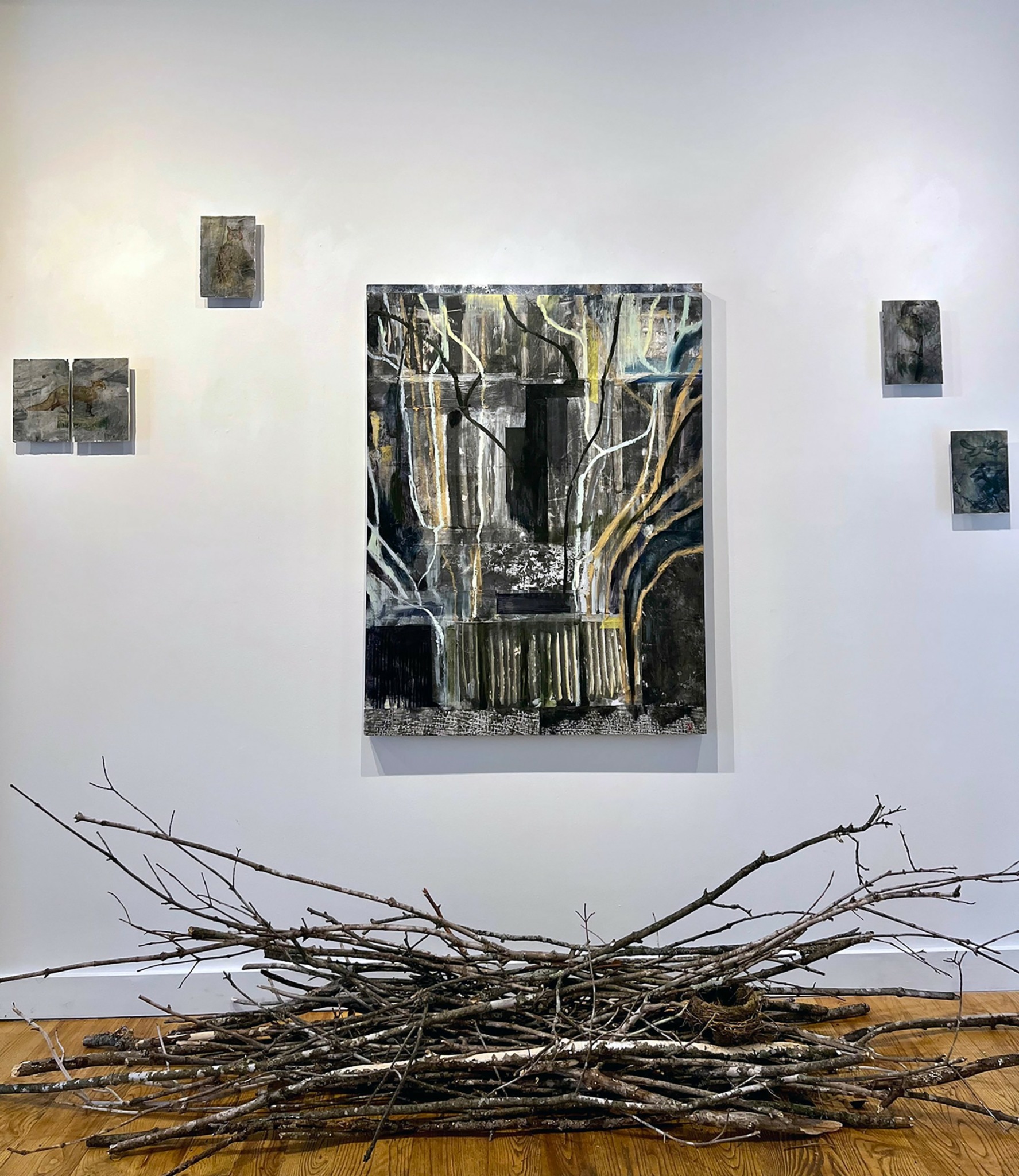
What’s the most rewarding aspect of being a creative in your experience?
Good question! The most rewarding aspect of being an artist is I have the privilege of looking at the world through my own unique lens and freely expressing that view. This is a blessing and a curse as sometimes that can make an artist feel a bit isolated. I approach all that I do in life from a creative perspective which allows me to frequently problem-solve in unexpected ways when faced with a challenge. I’m somewhat of a ‘global thinker’, seeing the ‘big picture’ and considering numerous options to solve a problem. My work frequently reflects that, yet I can also focus on the ‘micro’, homing in on specific issues such as the fragility of nature or the branches of a tree. I also feel fortunate to be able to live a life where I can freely express myself and create work that has personal meaning to me. When I am in the studio I don’t always know in what direction I am going or what my next steps are. But I’ve learned, over time, to ease up on myself and let go. I know the work will always speak to me and take me in the direction it needs to go. In other words, I struggle like any other creative person. However, I’ve learned that the more uncomfortable I am when creating a work of art, the more I feel ‘this is a big fail’, the more I grow and the stronger my work becomes. I highly value the failures as much as the successes.
Contact Info:
- Website: https://melissarubinart.com
- Instagram: @melissarubinart
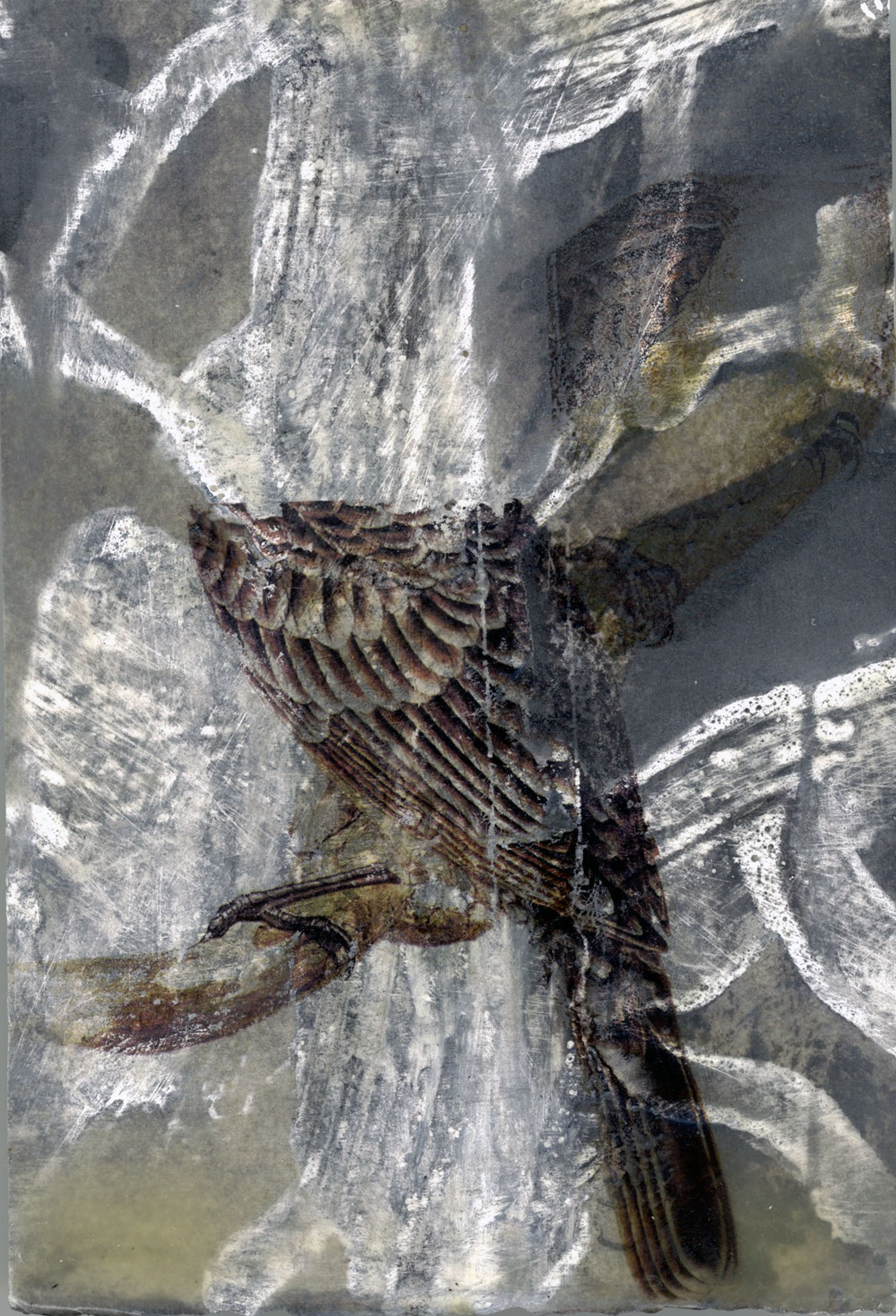
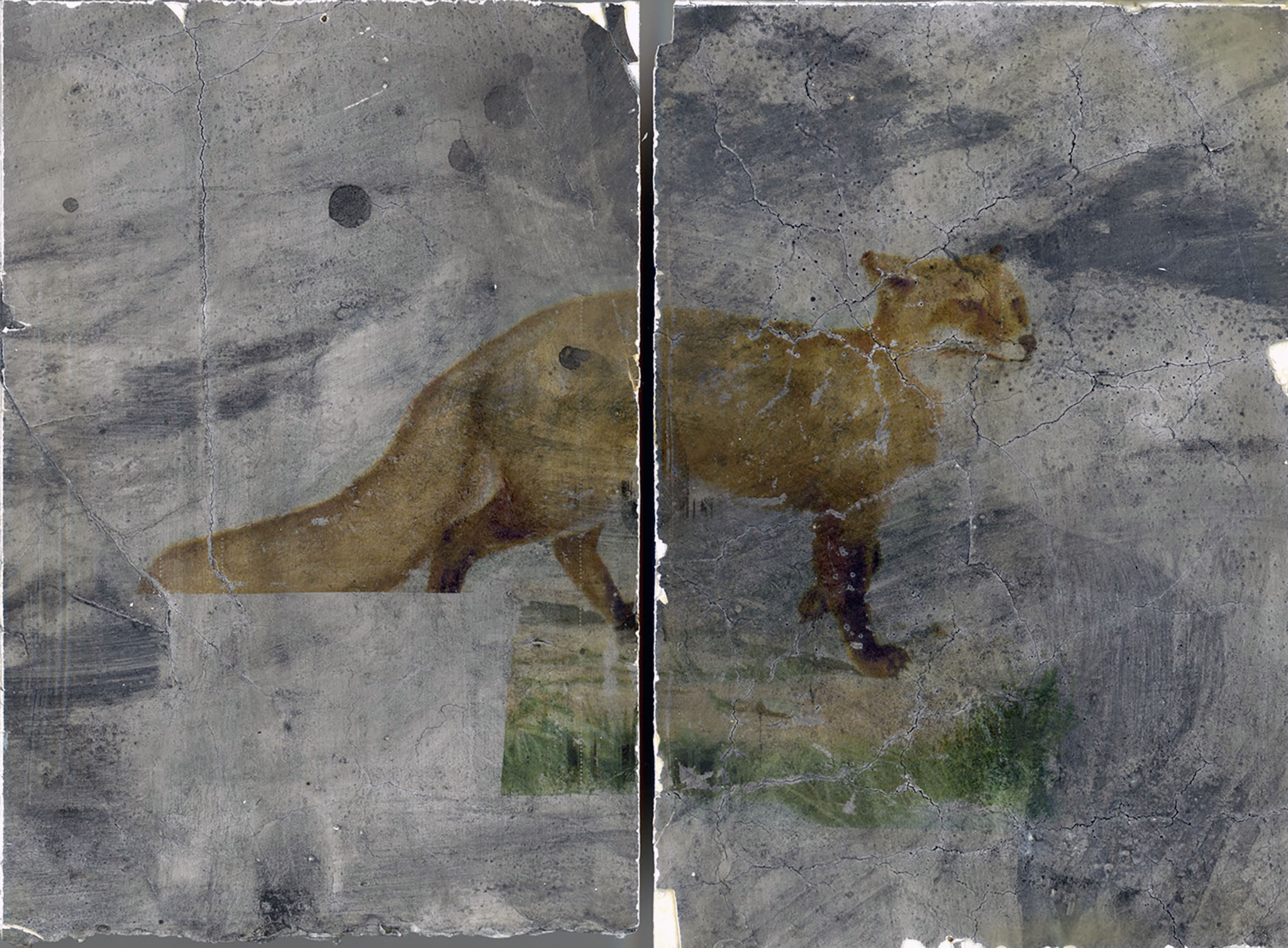
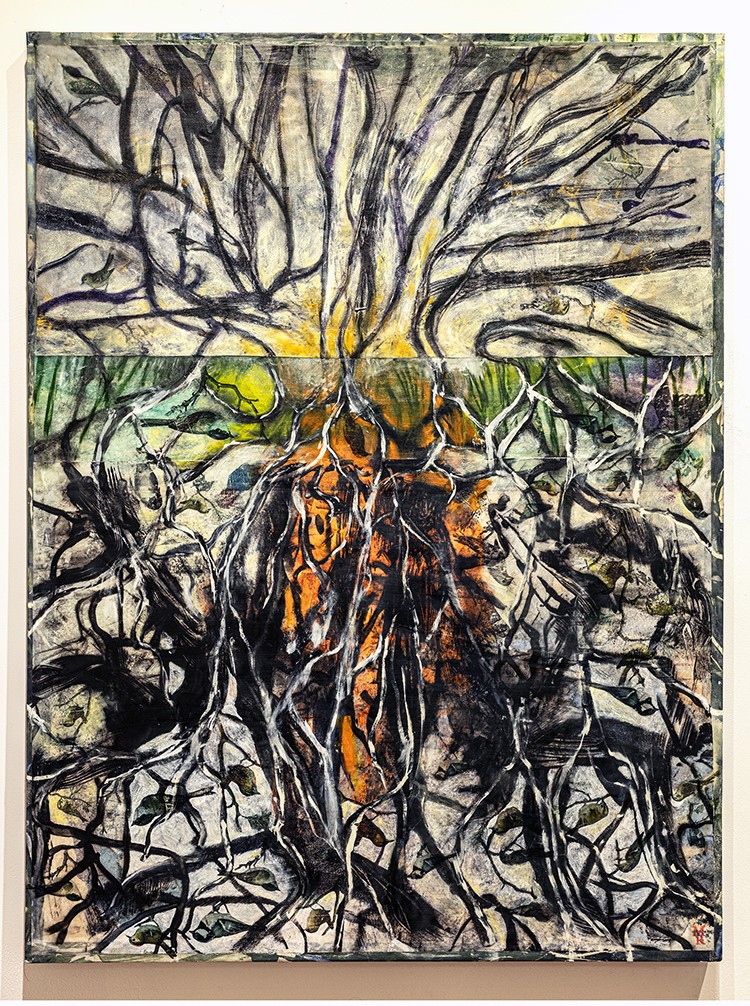
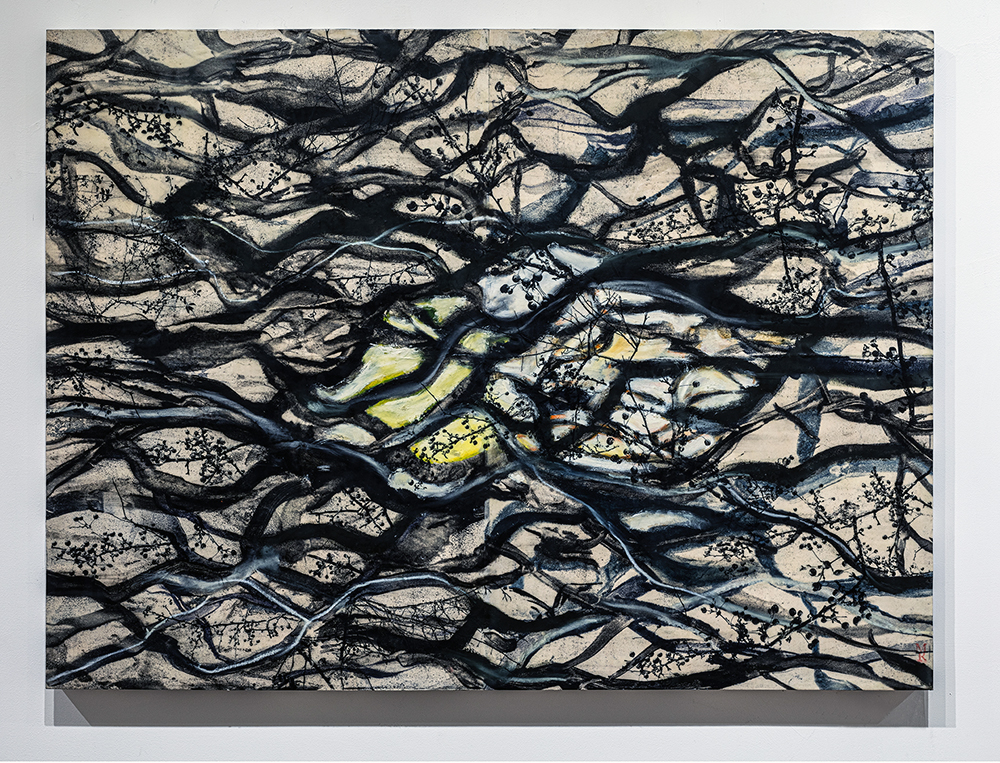
Image Credits
JoAnne Lobotsky
Stan Schnier
Melissa Rubin


